[EN] Raspberry Pi 3 With Bootable SSD Drive
This article is a short memoir for getting the Raspberry Pi 3 to boot from an SSD connected to the USB port to make the Raspberry Pi 3 board run faster than using a micro SD-Card.
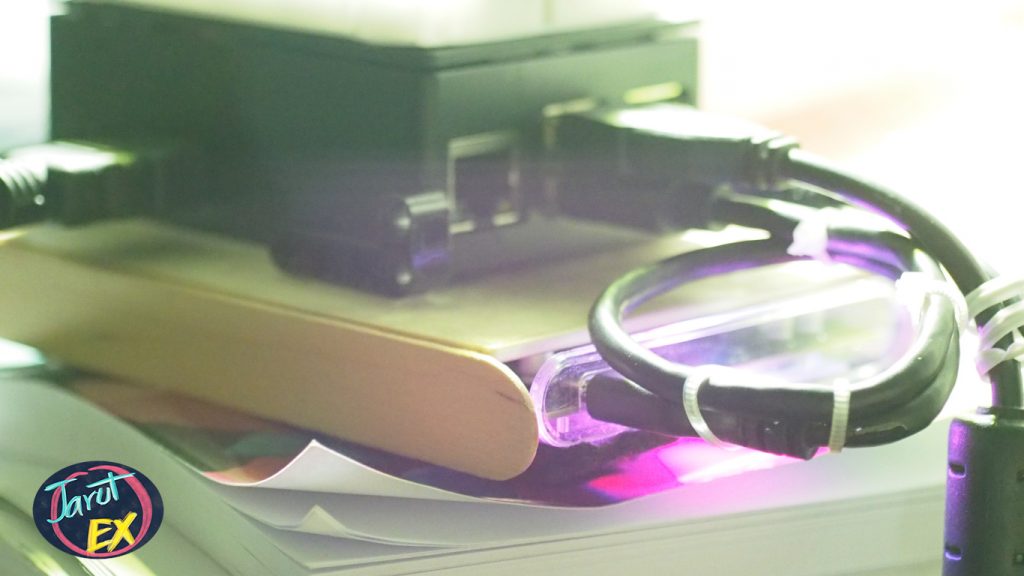
This article is a short memoir for getting the Raspberry Pi 3 to boot from an SSD connected to the USB port to make the Raspberry Pi 3 board run faster than using a micro SD-Card.

This article introduces the motion sensor module or moving in the digital 3 axes using the IC MMA7660FC that was written in the previous article to attach with the Raspberry Pi board and write a Python program to connect and read the values to display.
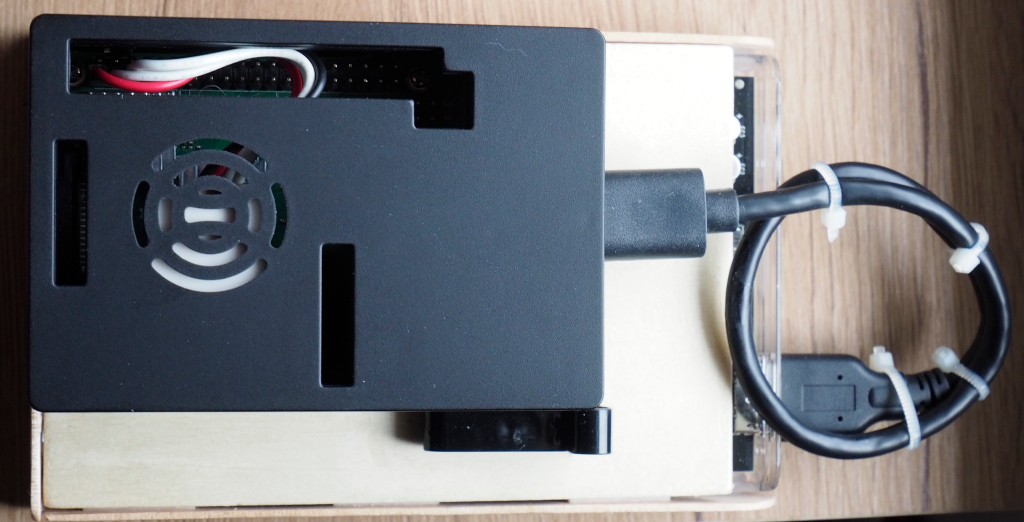
This article introduces the use of motion sensors or digital 3-axis shifting using MMA7660FC IC, which lets us know if this module shifts left/right or forward/backward or up/down, or rotates left/right or front/back and up/down. A library has been created to enable the sensor, set the sampling rate (sample rate), and display the converted value obtained from the module.
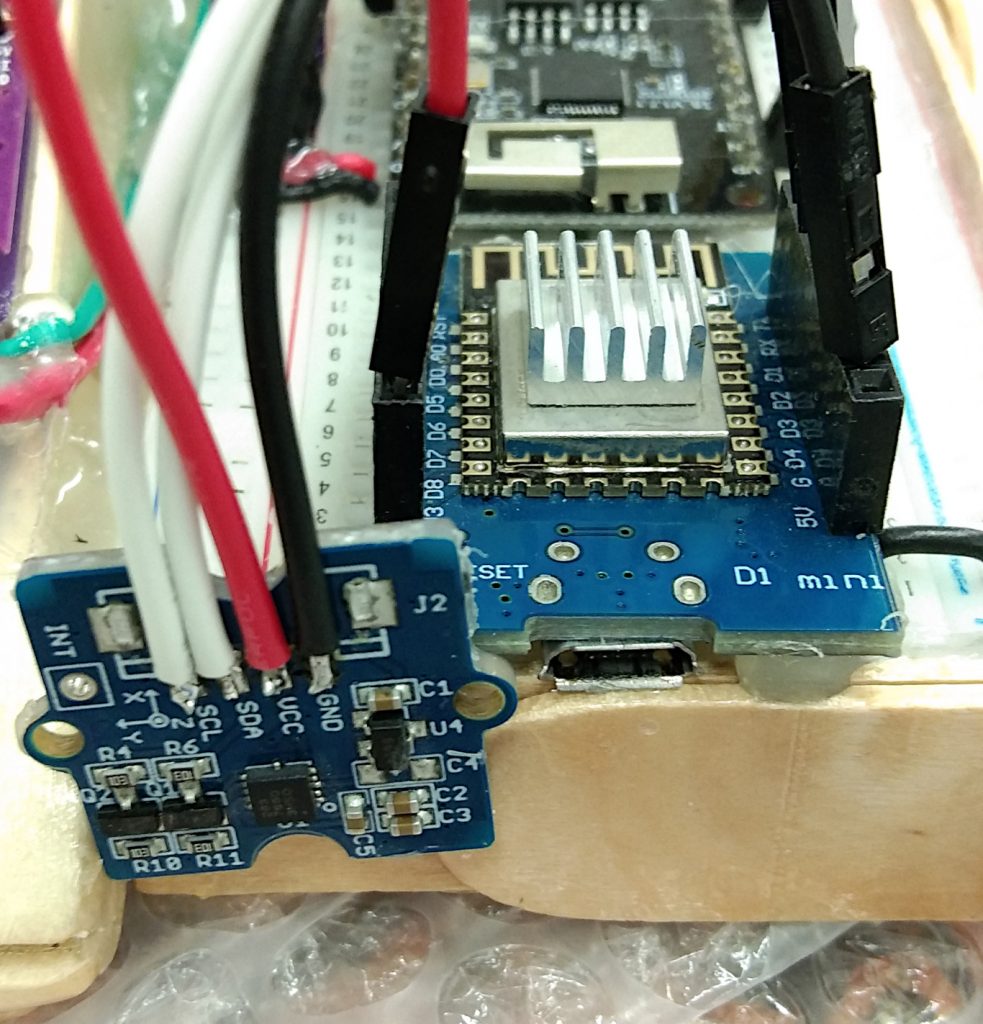
This article writes a library to operate character LCD modules using I2C bus operation, which uses a PCF8574 module designed to connect to the LCD. This makes it possible to use 2 command pins from ESP8266 to command the LCD module’s 8 pins, namely RS, R/W, EN, A, D0, D1, D2 and D3 simultaneously enable/disable the module backlight of LCD and the LCD module character sharpness can be adjusted from the variable resistor located on the PCF8574 module.
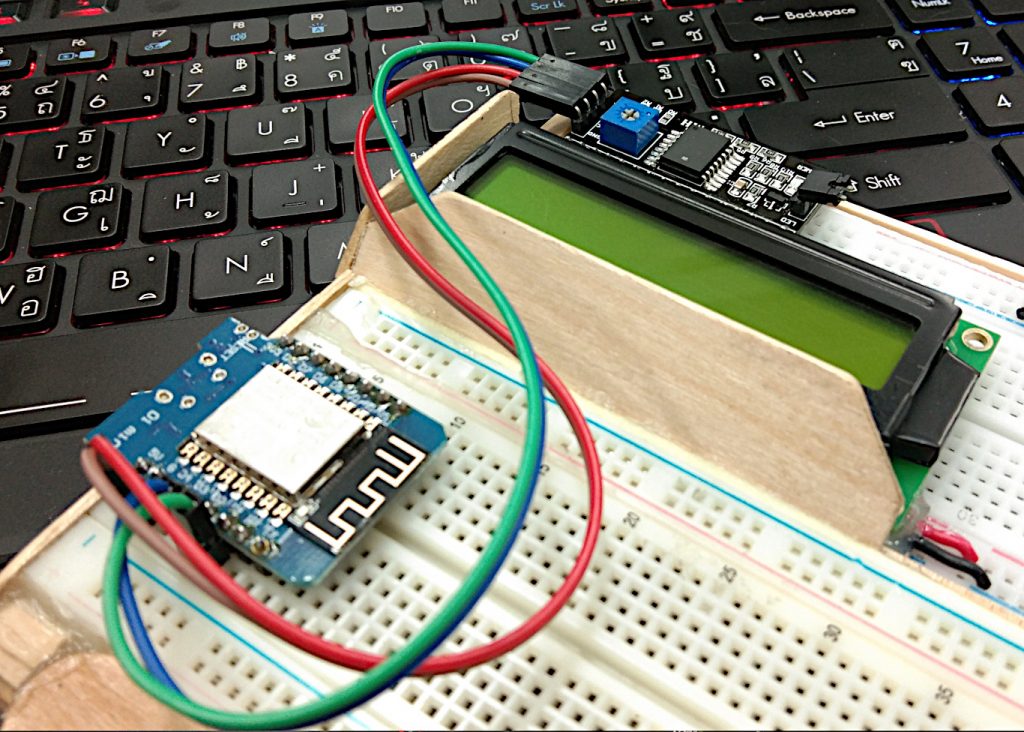
This article is an example of the implementation of the servo motor driven robot car mentioned in the previous article. Motion is used to define the motion rules under the factor of distance read from a distance sensor such as an ultrasonic sensor.
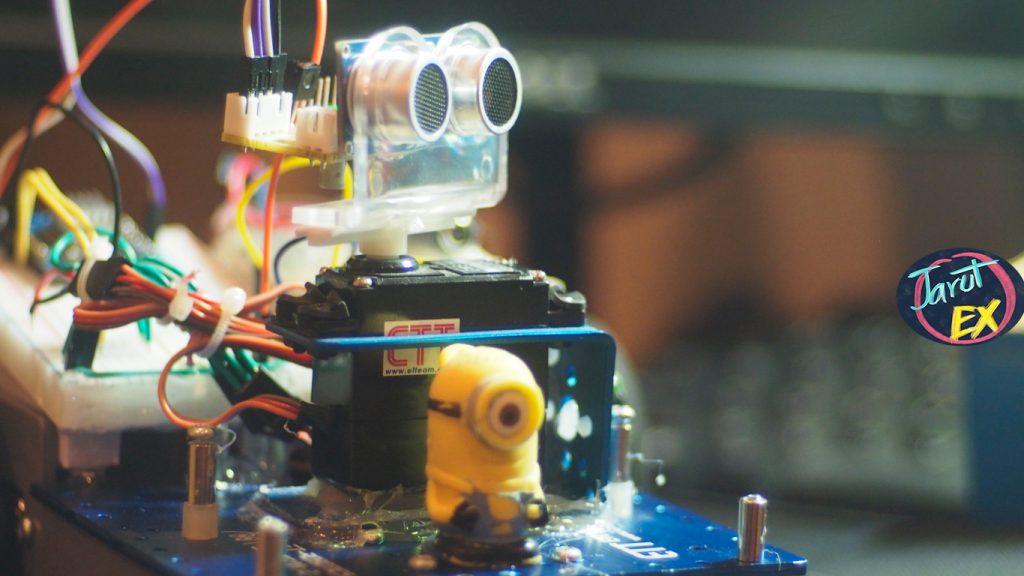
This article is an example of programming in Python to operate a DC electric motor called a servo motor, and when a servo motor is used to drive the wheels on the left and right, it can easily work as a wheeled robot. Also, an example program of this article is to commands the movement of a wheel-driven robot to move forward, backward, turn left, turn right and stop.
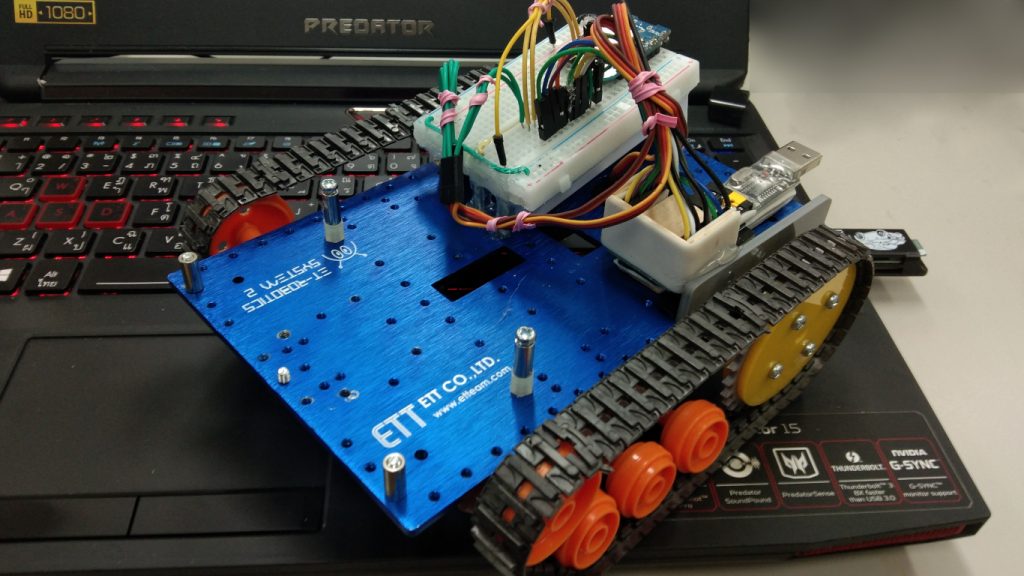
This article introduces the features of the Sipeed M1w dock suit board, which is a board designed to process AI on edge devices, enabling IoT applications to support artificial intelligence computing by using the KPU K210 chip as the core of computing.
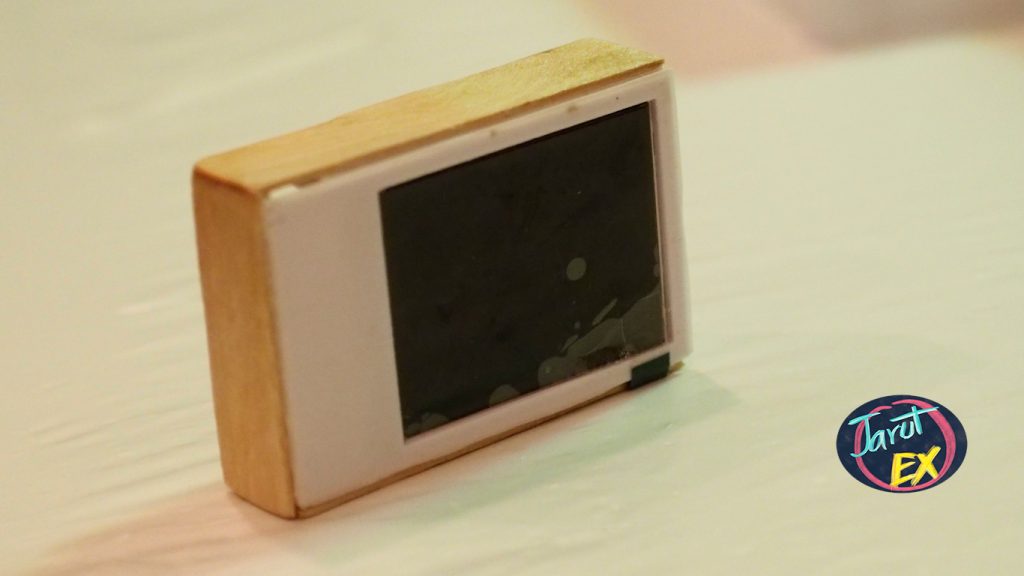
From the article ST7735S 0.96 ″ 80 × 160 TFT LCD, the features and functions of the pins are discussed with an example of how to connect to the TTGO T8 ESP32. In this article, an example of how to implement a display module with the ESP8266, which has lower memory than ESP32, thus we had to solve the problem by compiling the library to bytes with mpy extension code.
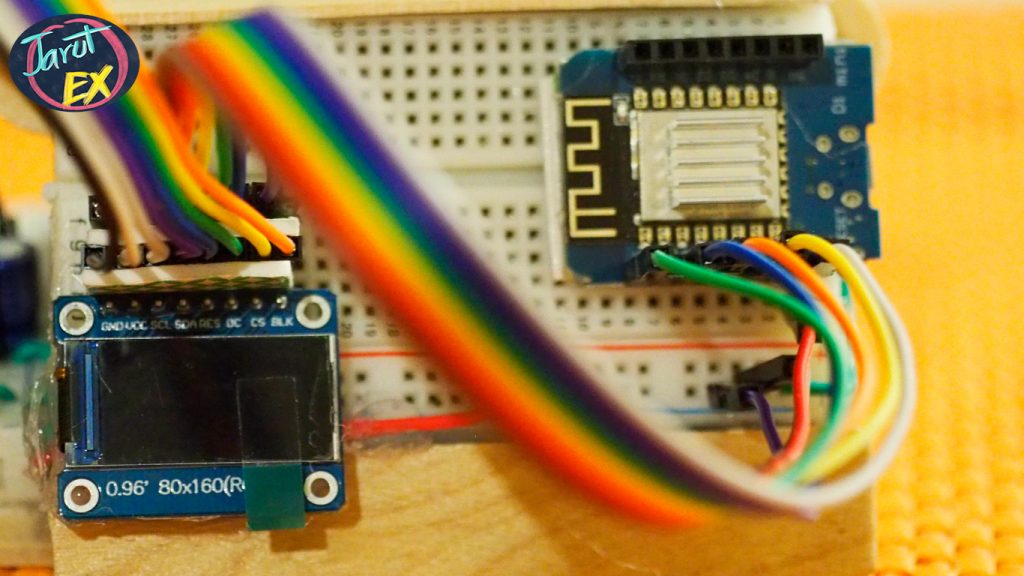
This article introduces 0.96 “IPS TFT LCD with a resolution of 80×160 dots, providing RGB565 or 16-bit color by controlling the operation of the LCD module with the ST7735s chip via the SPI bus. The examples use TTGO T8 ESP32 and ST7735 library with python language.
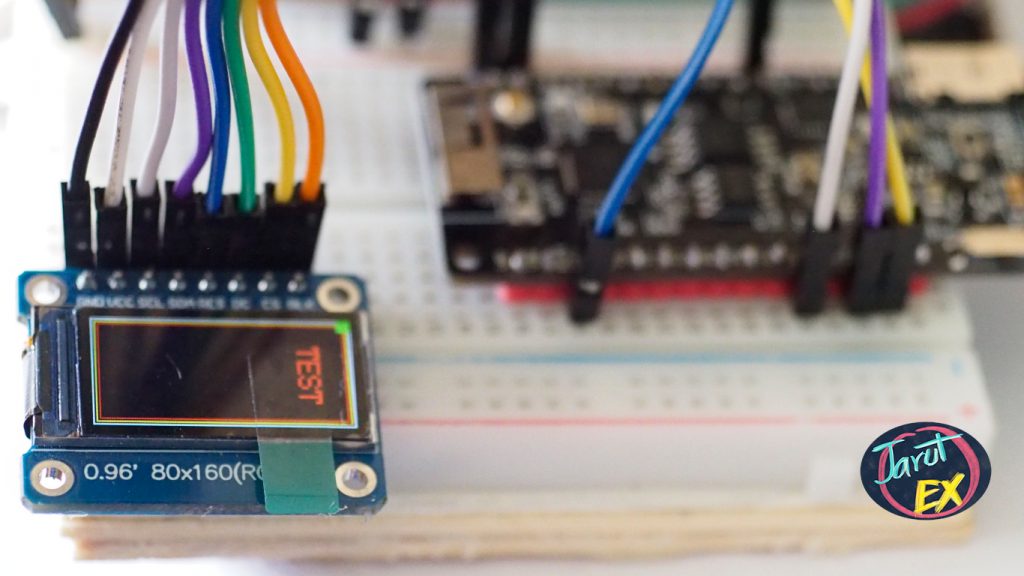
This article is an example of using an SD-Card Read/Write module to store and read data in JSON format, which is a guideline for readers to use in the future.
